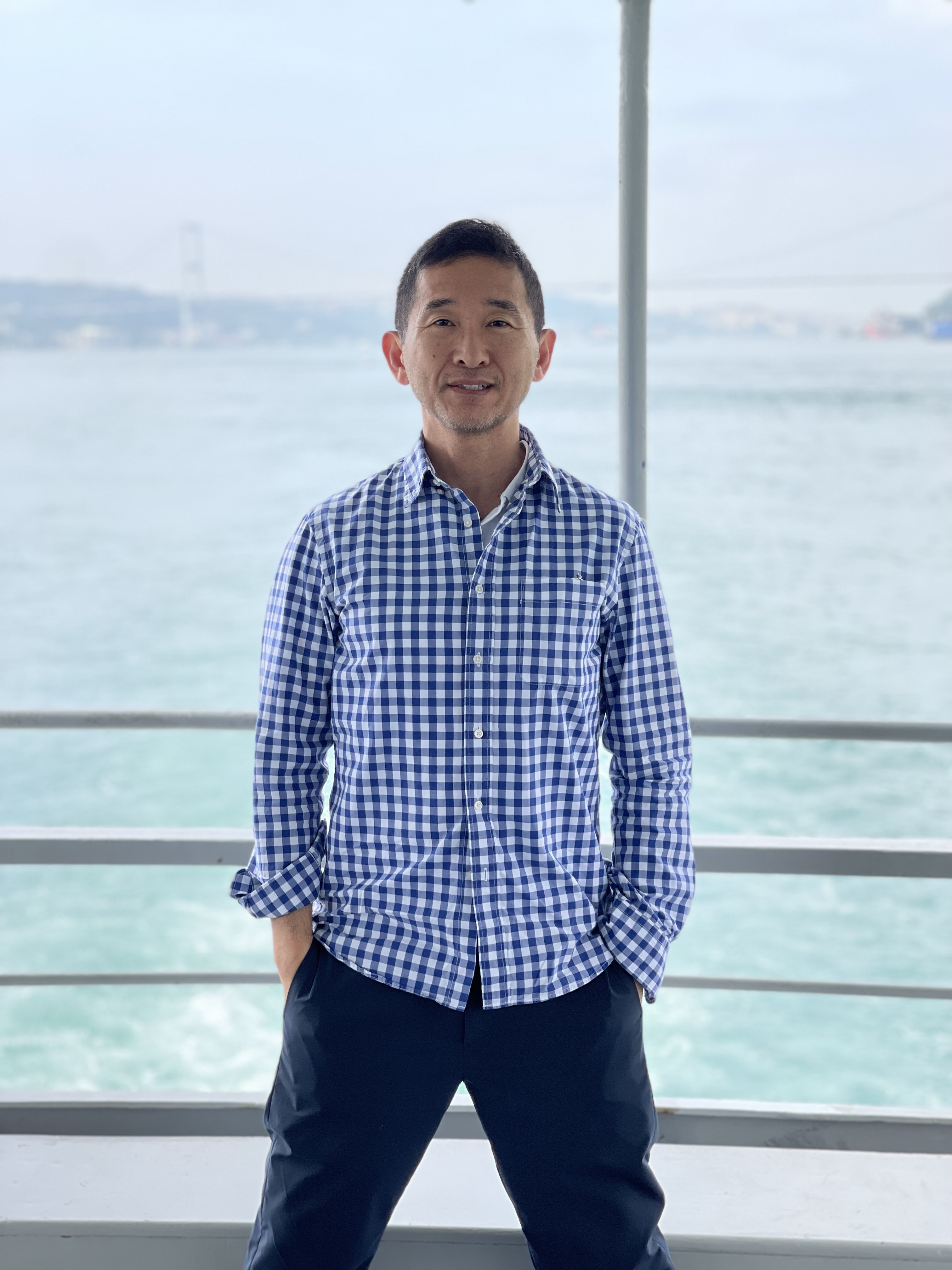Yasufumi Nakamori
What Did Photographers and Artists See? Experiments in Japanese Photography, 1968—1979
This talk traces a wide range of experiments by photographers and artists using the camera that took place between 1968 to 1979. This period might initially seem like a less eventful time than the immediate postwar years, as the student protests and avant-garde initiatives of the 1960s gave way to economic uncertainty, political apathy, and an introspective tendency in art. But the 1970s were in fact a critical decade in the development of new directions in art, as artists responded to social changes through different avenues of expression. They were aware of trends emanating from North America and Europe, and yet they sought to generate and promote their own ideas and expressions. They worked both as individuals and in artist collectives, and they displayed their creative output in printed publications and independent exhibition spaces. Artists began to see photography as an effective medium for experimentalism and conceptualism, and photographers shared with artists a critical awareness of the unraveling of the institutions of modern society. This talk is based on research Nakamori conducted for the exhibition “For a New World to Come: Experiments in Japanese Art and Photography, 1968–1979,” held in 2015–16 at the Museum of Fine Arts, Houston, and the book of the same title.
Subtitle Translation: Yuki Tanaka
Video Production: Ney-Anton G.K.
Yasufumi Nakamori
Yasufumi Nakamori is Vice President of Arts & Culture, Asia Society, and Director of the Asia Society Museum, New York. Nakamori is a graduate of the University of Wisconsin Law School (BA, New York State Bar) and received his PhD in Art History from Cornell University in 2009. Prior to assuming his current position in August 2022, he was Curator of Photography at the Museum of Fine Arts, Houston (2008–16); Director of Photography and New Media at the Minneapolis Institute of Art (2016–18); and Senior Curator of International Art (Photography) at Tate Modern (2018–22). At Tate Modern he worked on photography exhibitions, including the first UK survey of South African visual activist Zanele Muholi (2020–21), and guided the development of the photography collection. From 2020 to 2022 he also served as a member of the Race Equality Task Force, which examined and recommended goals for equity and diversity within the Tate organization. Other major exhibitions and publications include “Ruptures and Continuities: Photography Made after 1960” (The Museum of Fine Arts, Houston, 2010), which focused on the genealogy of conceptual art and photography since 1960, and “Katsura: Picturing Modernism in Japanese Architecture, Photographs by Ishimoto Yasuhiro” (The Museum of Fine Arts, Houston, in association with Yale University Press, 2010; recipient of the 2011 Alfred H. Barr Jr. Award), which focused on the book Yasuhiro Ishimoto and Kenzo Tange co-authored in 1960, Katsura: Creation and Tradition in Japanese Architecture. In addition to his work on modern and contemporary photography and architecture, Nakamori has written extensively on the relationship between copyright and photography. He has lectured at Harvard University’s Graduate School of Design, the Museum of Modern Art in New York, and Cornell University.

